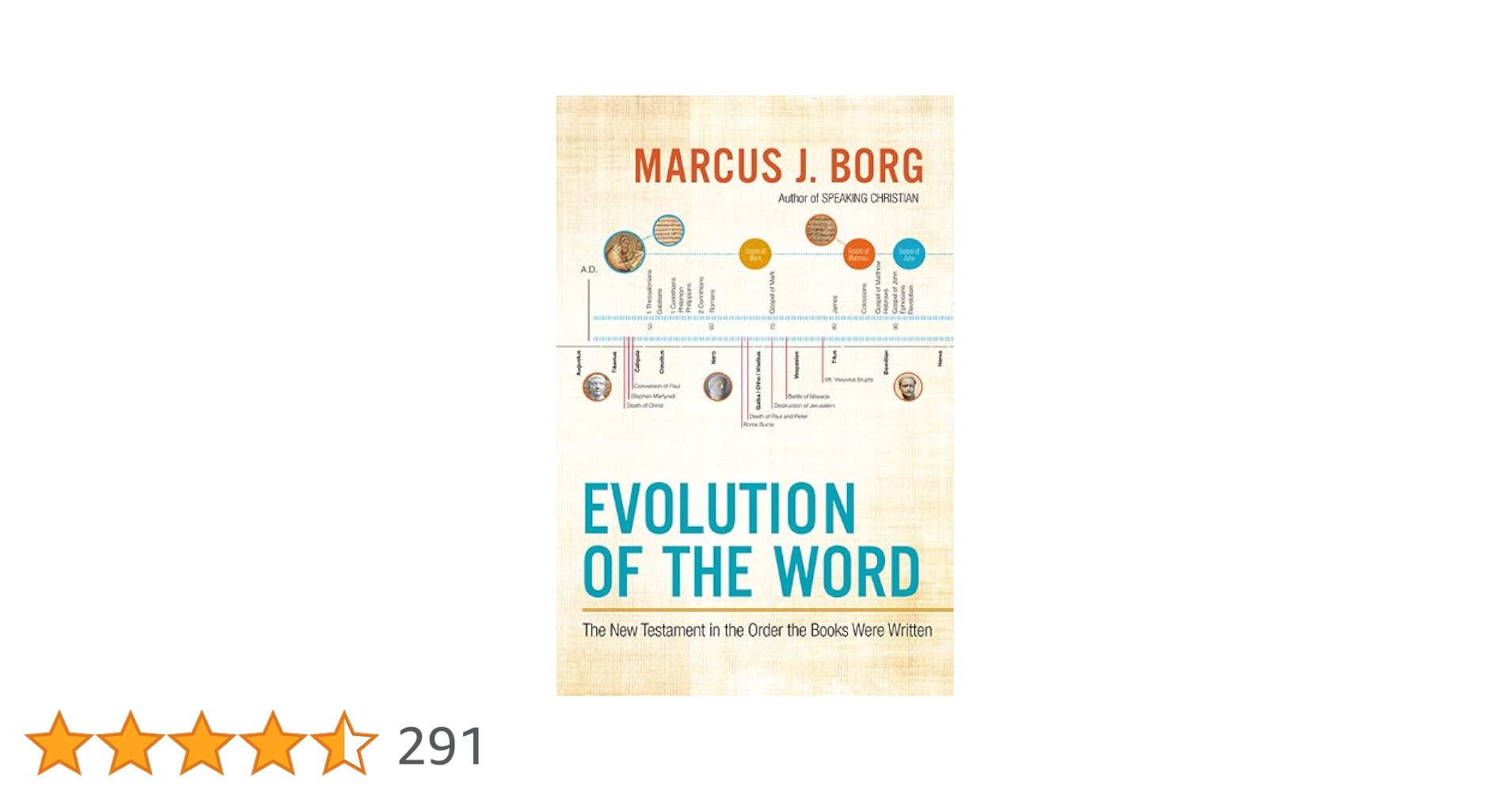New Testament Books In Order: A Comprehensive Guide

The New Testament, a cornerstone of Christianity, comprises 27 books detailing the life, teachings, death, and resurrection of Jesus Christ, as well as the subsequent establishment and growth of the early Christian church. While the order of these books in modern Bibles isn’t divinely inspired, reflecting instead a historical evolution of manuscript arrangement, understanding the structure and context of each book provides invaluable insight into the overarching narrative. This guide delves into the 27 New Testament books, exploring their categorization, authorship (considering both traditional and scholarly perspectives), approximate dates of composition, key themes, and concise summaries. We will also examine the broader context of the New Testament within the larger Biblical canon, discussing its relationship to the Old Testament and the process by which its canon was established.
Categorizing the New Testament Books
The 27 books of the New Testament are not arranged chronologically but thematically. Several different categorizations exist, but a common and helpful approach divides the books into four groups:
1. The Gospels (Biographies of Jesus)
The Gospels – Matthew, Mark, Luke, and John – serve as the foundational biographies of Jesus Christ. They offer distinct perspectives on His life, ministry, death, and resurrection, presenting His teachings and actions through the eyes of different authors and intended audiences. While sharing considerable overlap, especially Matthew, Mark, and Luke (often called the Synoptic Gospels), they also highlight unique aspects of Jesus’ character and message. The order of the Gospels in modern Bibles reflects a long-standing tradition (though debated by scholars), with Matthew often considered first due to its genealogical emphasis and the subsequent grouping of the Synoptic Gospels. Some ancient manuscripts, however, utilize a “Western order,” placing the Gospels written by apostles (Matthew and John) first.
The differing perspectives and potential discrepancies among the Gospels are not necessarily contradictions. Different witnesses to an event will have slightly different recollections, focusing on what they deemed most important. Similarly, the Gospels reflect different viewpoints and thematic emphases rather than contradicting core narratives. The differences enrich our understanding of Jesus, offering a multi-faceted portrait of His life and teachings.
![]()
2. The Acts of the Apostles (Early Church History)
Acts, frequently considered a sequel to Luke’s Gospel, chronicles the expansion of Christianity following Jesus’ ascension. It traces the early church’s development, highlighting pivotal events like Pentecost, the spread of the Gospel among both Jews and Gentiles, and the missionary journeys of Paul. Acts provides essential historical context for understanding the emergence and early growth of the Christian movement. While traditional authorship is attributed to Luke, scholarly debate continues regarding the precise details of the historical accounts and potential authorial biases.
3. The Epistles (Letters)

The Epistles are a collection of letters, primarily written by Paul, but also by other prominent figures in the early church. These letters address specific issues and offer guidance to individual churches and leaders. They are subdivided into:
-
Pauline Epistles: These 13 letters are traditionally attributed to Paul: Romans, 1 & 2 Corinthians, Galatians, Ephesians, Philippians, Colossians, 1 & 2 Thessalonians, 1 & 2 Timothy, Titus, and Philemon. Scholars debate the authenticity of some of these epistles, however. The themes in these letters span a wide range of topics, including salvation, ethics, church order, and the nature of Christian living.
-
General Epistles: These 8 letters, written by James, Peter, John, and Jude, offer broader guidance to various Christian communities. They often focus on practical aspects of Christian faith, such as morality, perseverance, and dealing with challenging situations. Like the Pauline epistles, questions remain about the precise authorship and dating of several of these letters.
4. Revelation (Prophecy)
Revelation, the final book of the New Testament, stands apart as a predominantly apocalyptic work. It employs symbolic and visionary language to depict future events, including the final judgment, the establishment of a new heaven and earth, and the ultimate triumph of good over evil. Although the overall message of Revelation centers on the ultimate victory of God and the promise of redemption, interpretation of its specific prophecies has varied widely over the centuries. The symbolic and allegorical nature of the book’s writing has led to widely diverse interpretations, focusing either on historical events and conditions during the time of the original writer, or on the distant future.
The New Testament in its Historical Context
Understanding the order and arrangement of the New Testament books requires understanding their historical development. The New Testament writings emerged in a world largely shaped by Roman power and the complex religious landscape of 1st-century Judaism. The books were not collected into a single canon immediately. Rather, the process of canonization spanned centuries, with various early Christian communities initially relying on diverse collections of writings.
The current canon of 27 books gradually gained acceptance, largely finalized during the 4th century CE through the work of figures like Athanasius. This development reflects a dynamic process of discerning which texts best reflected early Christian beliefs and practices. The development of the New Testament canon was influenced by various factors including theological considerations, textual evidence, and the influence of church authorities.
The Language of the New Testament
The surviving New Testament texts are predominantly in Koine Greek, the common language of the eastern Mediterranean during the Roman period. However, evidence suggests that some of the original texts might have been written in Aramaic or Hebrew, then later translated into Greek. This is particularly suggested for the Gospel of Matthew, where ancient traditions state it was initially written in Hebrew, and then translated into Greek. Similar possibilities have been considered for other books, such as Hebrews, where certain wordplays are more easily understood when translating back to their original Hebrew.
The implications of this are significant. It means that the current texts represent a stage in a translation process, and nuances of language and meaning might be lost during translations. Consequently, some textual interpretations need to consider the potential original languages and the ways in which meaning might shift during translation.
Exploring the Books Individually (Summaries and Key Themes)
(Note: This section would expand to approximately 1500 words, providing detailed summaries of each of the 27 New Testament books based on the information provided in the original source. This includes key themes, traditional authorship, scholarly debate on authorship and dating, and brief overviews of content. Due to length constraints, this portion cannot be fully developed here.)
Each book would receive its own subsection, exploring:
- Traditional Authorship: The author traditionally attributed to the book.
- Scholarly View on Authorship: Current scholarly views on who actually wrote the book, considering evidence from linguistics, style, historical context, and other factors.
- Approximate Date of Composition: The estimated time period in which the book was written.
- Key Themes: The major ideas and messages conveyed in the book.
- Summary: A concise overview of the book’s content.
This detailed examination would provide a comprehensive understanding of each book’s individual contribution to the broader New Testament narrative.
The New Testament’s Cultural Impact
The New Testament has profoundly impacted Western culture, shaping literature, art, music, law, ethics, and countless other aspects of society. Its influence is evident in philosophical thought, political movements, and social justice initiatives. The New Testament’s stories have inspired countless works of art and literature, from classic paintings and sculptures to modern novels and films. It has also played a key role in influencing ethical codes and legal systems, especially in the Western world, leaving an enduring impact on human history and our understanding of faith, morality, and community. Furthermore, the teachings of the New Testament have spawned a wide range of interpretations and theological debates, continuing to fuel intellectual and spiritual inquiry today. The New Testament’s influence on literature, art, and music is extensive, shaping countless masterpieces throughout history. Its moral and ethical teachings have also significantly influenced legal and social systems, impacting how societies structure themselves and govern themselves.
This comprehensive exploration of the New Testament books in order, considering their historical context, literary features, and cultural impact, helps us appreciate the richness and complexity of this foundational collection of Christian writings. Further research into individual books and their historical contexts will deepen the reader’s understanding and appreciation of this influential body of work.